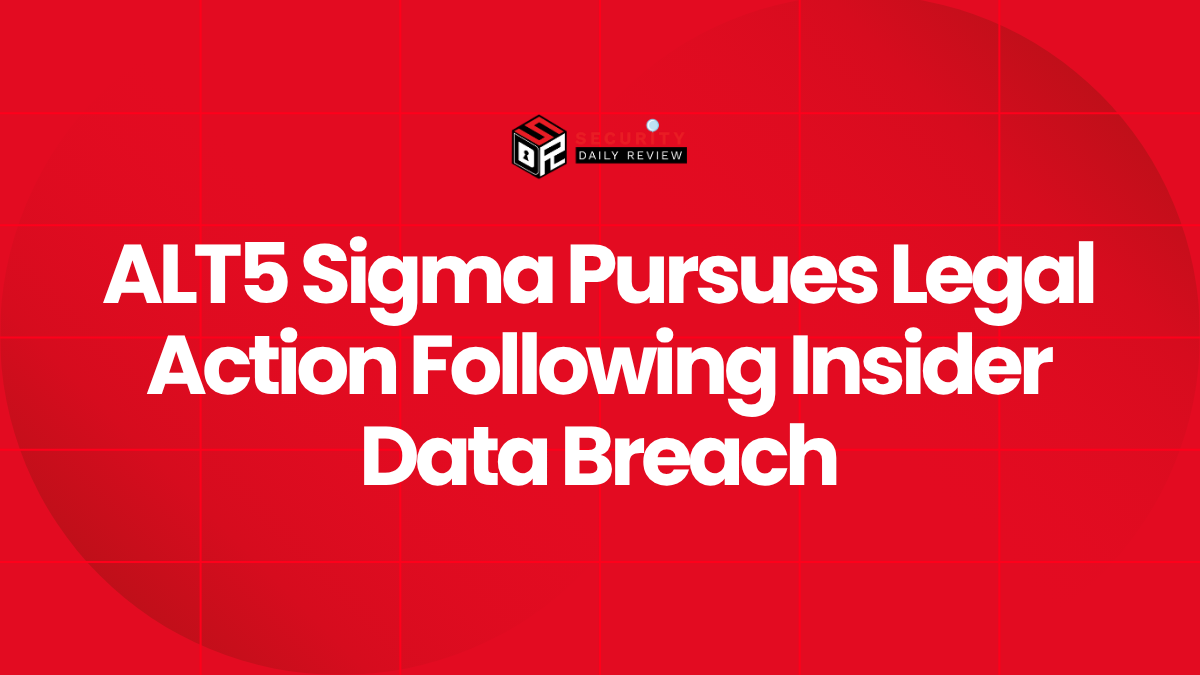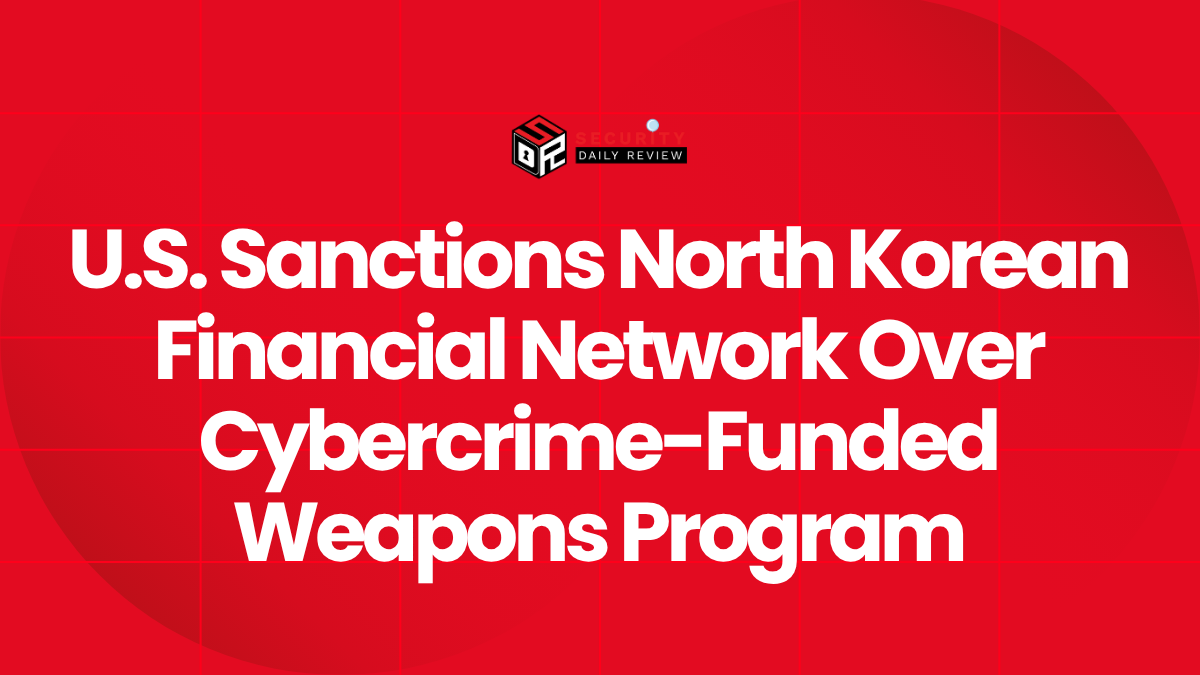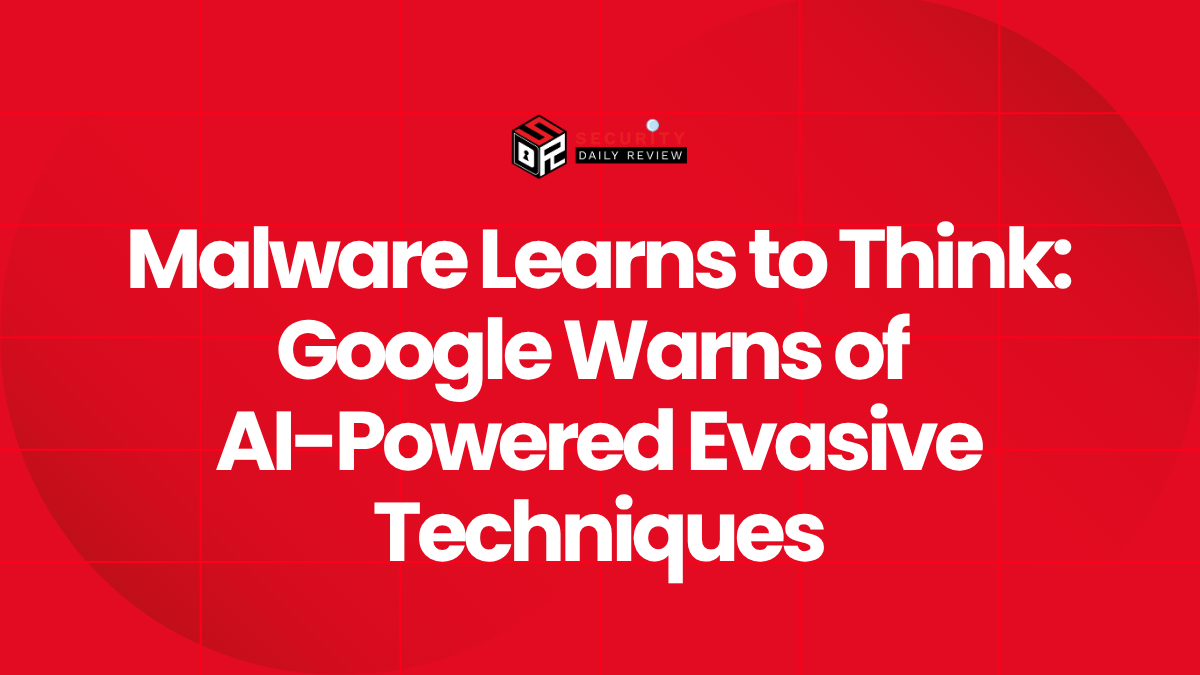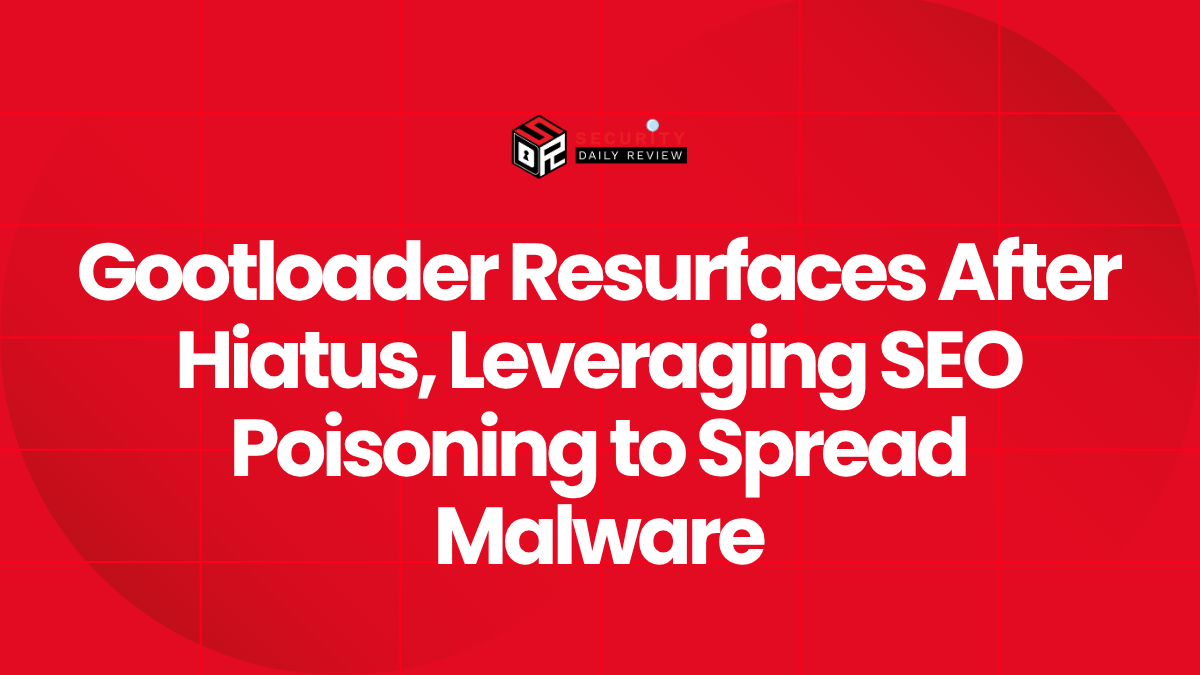ALT5 Sigma Corp, a digital asset and financial technology company, has initiated legal proceedings against a former consultant accused of unauthorized access to its internal systems. The company reported the incident in a Form 8-K filing with the U.S. Securities and Exchange Commission on November 4, 2025, confirming that confidential corporate data and communications were compromised in the attack.
How the Breach was Discovered and the Company’s Immediate Response
The security incident was uncovered on October 23, 2025, when internal monitoring tools flagged anomalous login behavior across company email and file storage platforms. ALT5 Sigma’s IT team identified that several email accounts had been accessed outside approved working hours, followed by irregular file transfers to external destinations.
In response, the firm activated its incident response protocol, restricting all third-party access to its corporate network and engaging independent cybersecurity experts to perform digital forensics. Shortly after, ALT5 Sigma obtained an emergency restraining order against the former consultant suspected of orchestrating the breach.
Forensic investigators are now analyzing the affected systems to determine whether client data, transaction records, or sensitive internal communications were exfiltrated. While the company has not disclosed the full scope of exposure, its SEC filing noted the breach could “have a material adverse effect” on its operations and reputation.
Legal Action and Allegations Against the Former Consultant
ALT5 Sigma’s lawsuit alleges that the consultant deliberately exploited previously granted access privileges to retrieve confidential corporate files and email data without authorization. The company claims the activity violated contractual obligations and data-handling agreements, potentially breaching U.S. cybersecurity and privacy regulations.
The court filing seeks injunctive relief, damages, and a permanent ban on the individual’s ability to access or distribute any data obtained during the breach. Legal analysts note that such aggressive litigation underscores a growing industry trend: treating insider-driven cybersecurity incidents not only as technical failures but as corporate sabotage requiring judicial intervention.
Broader Implications for Insider Threat Management and Governance
This case highlights a persistent blind spot in corporate cybersecurity strategies—the human factor. Insiders with legitimate credentials remain one of the most difficult threats to detect, as their actions often blend with normal operational activity. Even after termination or contract completion, delayed revocation of credentials or weak access management policies can leave systems vulnerable to misuse.
ALT5 Sigma’s rapid response—combining technical containment, legal escalation, and regulatory disclosure—reflects a mature approach to data governance. The incident serves as a reminder that companies must continuously monitor user activity, enforce the principle of least privilege, and maintain strict offboarding protocols for consultants and contractors.
Organizations across industries are increasingly investing in behavioral analytics, zero-trust access controls, and continuous authentication mechanisms to detect insider threats early. The financial and legal fallout from such breaches often far exceeds the initial technical impact, as evidenced by ALT5 Sigma’s public acknowledgment of potential material damage.
ALT5 Sigma has committed to full cooperation with law enforcement and regulators as forensic analysis continues. The company plans to enhance its identity-and-access management systems, increase monitoring of privileged accounts, and reassess its vendor risk policies.
While no customer notifications have yet been issued, stakeholders are closely watching whether the investigation confirms exposure of client or partner data. If proven, the incident could have implications for ALT5 Sigma’s compliance obligations under U.S. data protection laws and international financial regulations.
The case ultimately serves as a warning to other firms relying on third-party consultants: even trusted insiders can become vectors for cyber incidents.









